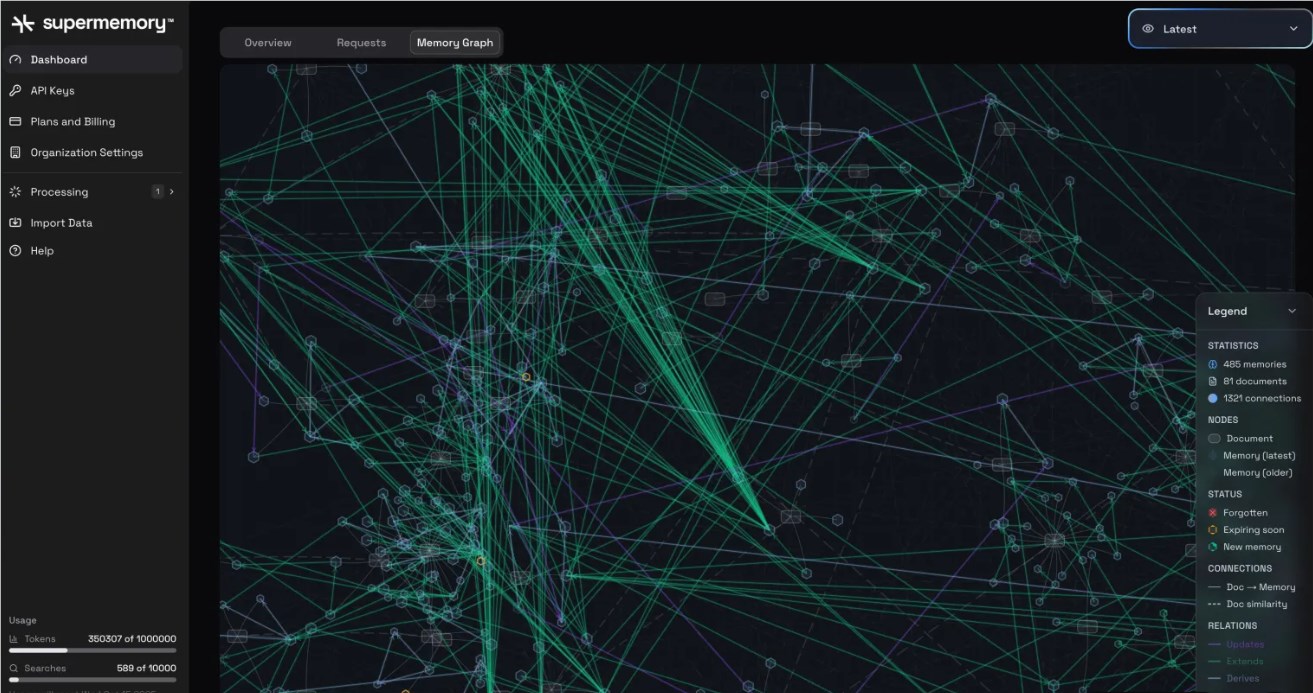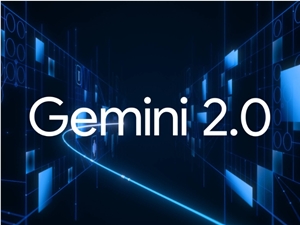In the development of enterprise AI, optimizing prompts is just as crucial as selecting the right model and prompt. Databricks' recent Agent Bricks technology aims to solve this problem and further improves prompt optimization techniques. The company's new research shows that its GEPA (Generative Evolutionary Prompt Adaptation) technology has made a significant leap in prompt optimization, enabling companies to reduce the operational costs of their models by up to 90 times.

Image source note: The image was generated by AI, and the image licensing service provider is Midjourney
This breakthrough in prompt optimization technology comes at a time when Databricks has entered into a $100 million partnership with OpenAI. This agreement will allow Databricks' enterprise customers to access the GPT-5 model natively, which aligns with Databricks' previous collaborations with Anthropic and Google. It should be emphasized that the $100 million is not an amount paid between the two companies, but rather Databricks' expected potential revenue from this collaboration.
"Prompt optimization is not just about optimizing existing queries, but redefining the queries themselves," said Tang Hanlin, Chief Technology Officer of Databricks' Neural Network, in an interview. He pointed out that the GEPA technology improves the quality of interaction with AI systems by adjusting the way enterprises ask questions.
GEPA uses a method called natural language reflection, allowing AI to self-assess its outputs and gradually improve. Through this feedback loop, the technology can automatically discover the best prompt strategies for specific tasks. Data shows that models optimized by GEPA perform 4-7 percentage points better than baseline models in multiple fields such as finance, law, business, and healthcare.
In enterprise applications, Databricks' optimized open-source models have a service cost that is only 1/90th of Claude Opus4.1 when handling 100,000 requests. This advantage becomes more pronounced in large-scale applications, where the optimized per-request cost is negligible compared to long-term service costs. GEPA not only surpasses currently popular supervised fine-tuning techniques but also reduces service costs by 20% while saving time for engineers and data scientists.
Furthermore, the integration with OpenAI allows enterprises to use various high-quality models more conveniently. Tang Hanlin mentioned that enterprises can directly call the GPT-5 model within Databricks without needing external supplier relationships or API keys. This integration simplifies the supplier management previously required for deploying advanced models.
To help enterprises better deploy AI technology, Tang Hanlin provided three pieces of advice: first, establish a reliable evaluation mechanism; second, question the default options of traditional fine-tuning; and third, rethink the model procurement strategy. For enterprises hoping to lead in AI applications, it is clear that the performance-cost barriers in AI have been broken, and early investments in optimization capabilities will give companies increasingly obvious competitive advantages.
Key Points:
🌟 **Databricks introduces GEPA technology to help enterprises optimize AI prompts and improve interaction quality.**
💰 **A $100 million partnership with OpenAI enables enterprise customers to directly use the GPT-5 model.**
🔍 **Experts advise enterprises to establish evaluation mechanisms, question traditional fine-tuning, and rethink model procurement strategies.**










